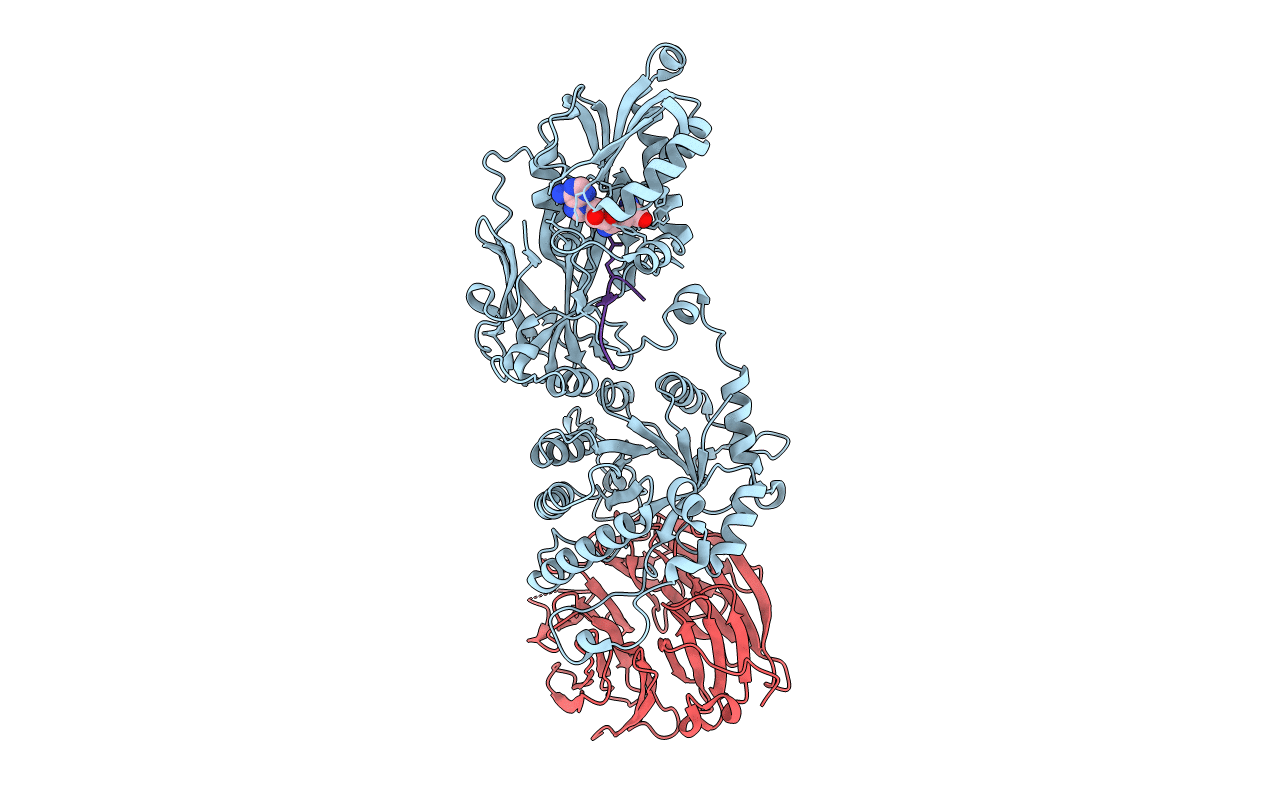
Deposition Date
2012-08-22
Release Date
2012-10-17
Last Version Date
2024-10-16
Entry Detail
PDB ID:
4GQB
Keywords:
Title:
Crystal Structure of the human PRMT5:MEP50 Complex
Biological Source:
Source Organism:
Homo sapiens (Taxon ID: 9606)
Host Organism:
Method Details:
Experimental Method:
Resolution:
2.06 Å
R-Value Free:
0.22
R-Value Work:
0.18
R-Value Observed:
0.19
Space Group:
I 2 2 2


